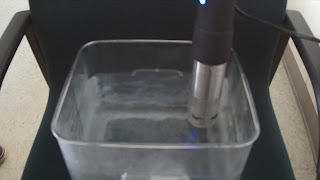LOC8

Introduction LOC8 is a software that processes images and identifies pixels that are in a color range. This is primary being used in search and rescue, but has its applications in other uses. In this lab LOC8 was used to view images that were taken over an area, and the goal was to find a pair of jeans, and a skeleton in a flannel shirt. Methods The first thing was to set up the settings of the LOC8 software, these software settings allow the ability to fine tune the software to get it to identify what you want to find. Figure 1. LOC8 Settings Then once the base settings were setup I set up a color range for the LOC8 software to find. Figure 2 shows the color range that was used. This color range was used as it covered a range that the jeans were expected to show up as. Figure 2. LOC8 jeans color range Then the images were processed and a few images were found. The jeans were in one of the targets after some time changing the settings to search different parts of th...







